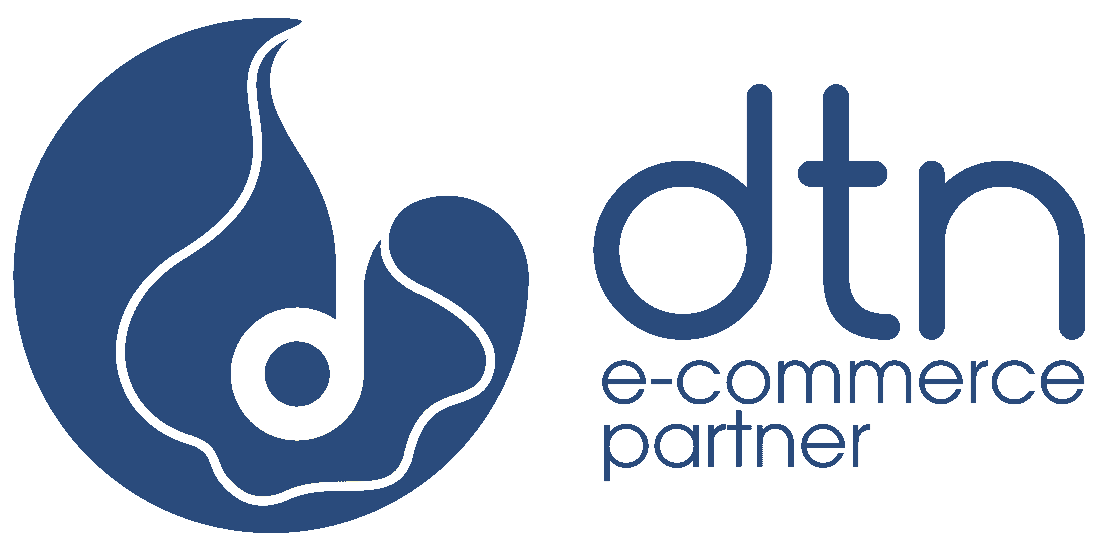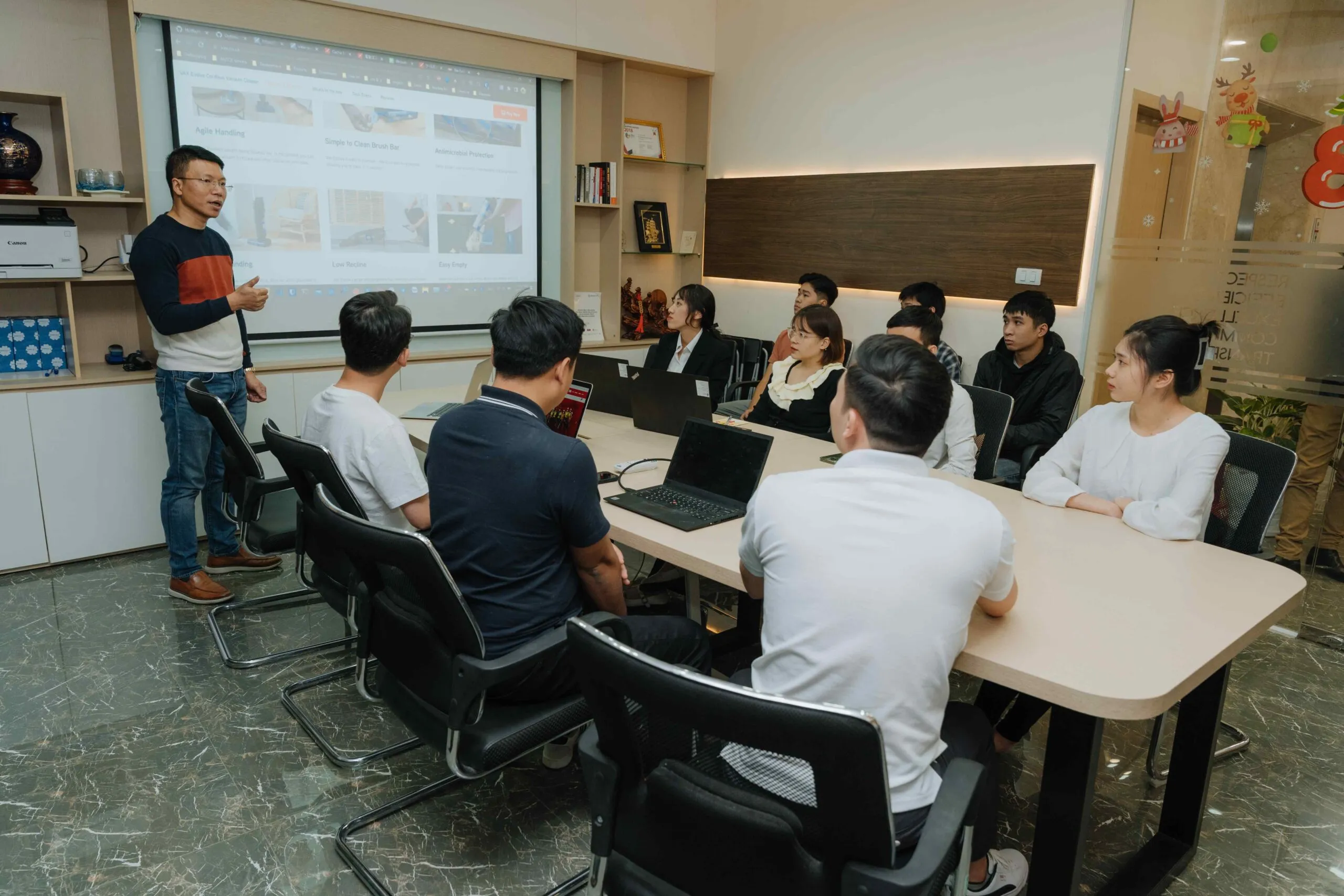Where millions of products compete for attention, standing out is a challenge. You may have a fantastic range of products, but if they’re not visible to your potential customers, it’s like having a store in a hidden corner of the world. This is where on-page optimization becomes your secret weapon to improve your website’s visibility in search engines and attract more customers. In this article, we’ll explore the art of SEO on-page optimization and its key components.
Table of Contents
Crafting SEO-Friendly Product Descriptions
Product descriptions are your virtual salespeople. They should be compelling, informative, and, most importantly, optimized for search engines. Think of these descriptions as your chance to tell both customers and search engines what your product is all about. Focus on using relevant keywords naturally within the description. Don’t stuff keywords unnaturally; instead, make the content engaging and informative.
A well-crafted product description not only helps your product rank better in search results but also guides your customers in making informed purchase decisions. It’s a win-win strategy that enhances your SEO and user experience.
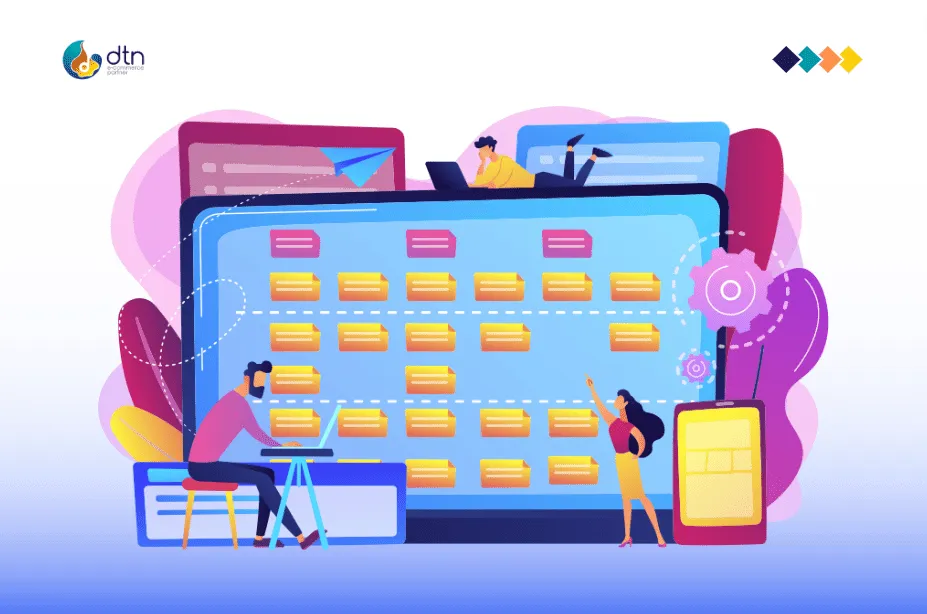
On-Page Optimization for Your E-Commerce Website Tip #1: Crafting SEO-Friendly Product Descriptions
Optimizing Product Titles and Meta Tags
Product titles and meta tags are like signposts for both search engines and potential customers. They must be straightforward, brief, and directly related. Your product title is often the first thing a customer sees in search results, so it must be attention-grabbing and accurately reflect the product.
Meta tags, including the meta title and meta description, play a significant role in search engine ranking and click-through rates. The meta title should incorporate essential keywords and reflect the product’s value, while the meta description should provide a concise summary of the product. When done right, this optimization increases your product’s chances of being clicked and purchased.
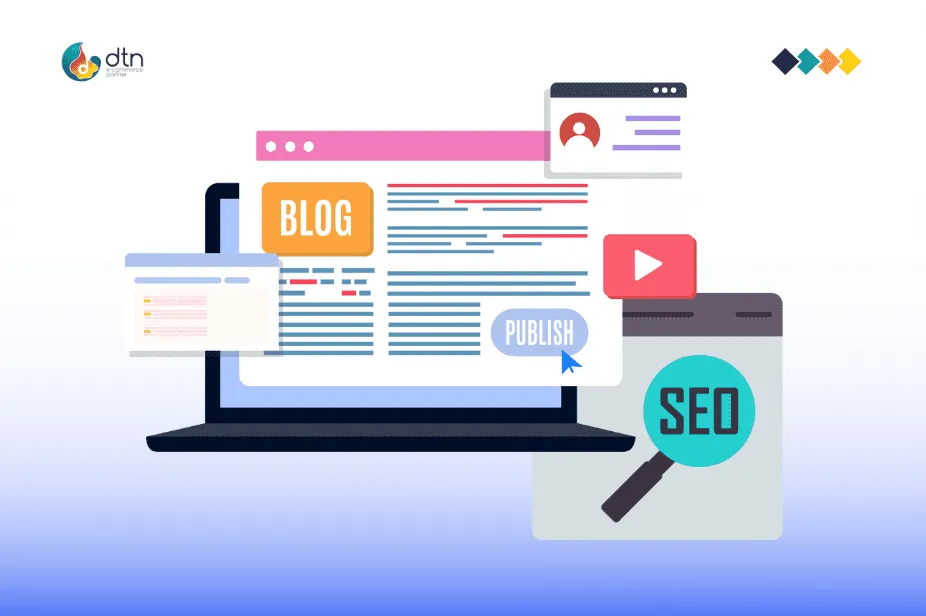
On-Page Optimization for Your E-Commerce Website Tip #2: Optimizing Product Titles and Meta Tags
Image Optimization
Images speak volumes, and for e-commerce, they can be the make-or-break factor. High-quality images that load quickly and are properly optimized can enhance your website’s user experience and SEO. Start by ensuring that your product images are of the highest quality, allowing customers to see every detail.
Optimize image file sizes without compromising quality to ensure fast loading times. Use descriptive file names and alt text for images, as search engines can’t “see” images but can read this information. Proper image optimization not only boosts your website’s performance but also makes it more appealing to users and search engines.
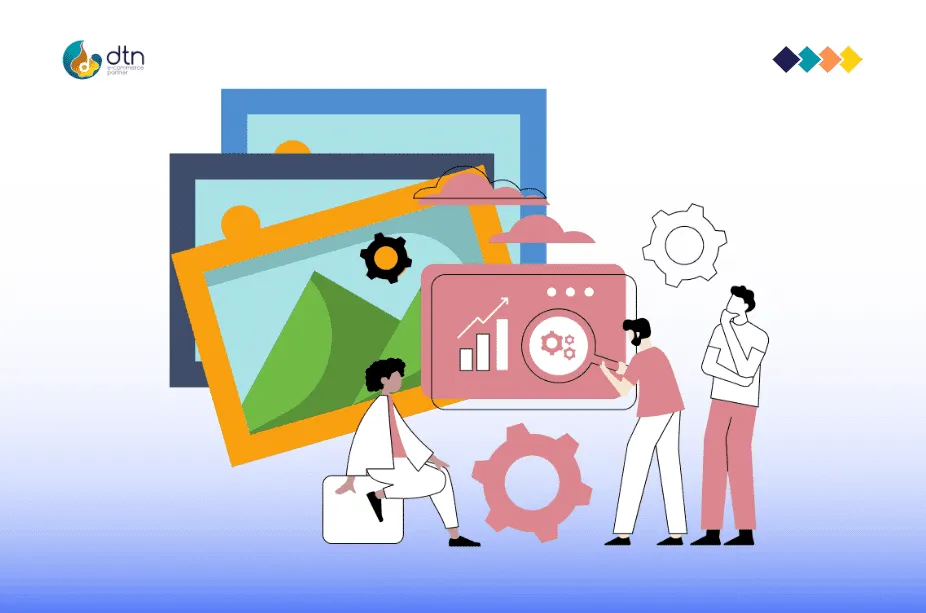
On-Page Optimization for Your E-Commerce Website Tip #3: Image Optimization
In the world of e-commerce, on-page optimization is your ally for attracting more visitors, improving search engine rankings, and increasing sales. It’s not just about algorithms and technicalities; it’s about creating a better shopping experience for your customers. By crafting SEO-friendly product descriptions, optimizing product titles and meta tags, and paying attention to image quality, you’re well on your way to e-commerce success. So, roll up your sleeves and give your e-commerce website the on-page optimization it deserves, and watch your online store thrive.
Frequently Asked Questions
Q&A on On-Page Optimization for E-Commerce Website.
What is the primary goal of on-page optimization for e-commerce websites?
The primary goal of on-page optimization for e-commerce websites is to improve the website’s visibility in search engines and attract more customers. It involves optimizing various on-page elements to enhance search engine rankings, increase click-through rates, and ultimately boost sales.
How do well-crafted product descriptions contribute to both SEO and the user experience?
Well-crafted product descriptions serve a dual purpose. First, they include relevant keywords naturally, which helps improve search engine rankings. Second, they provide valuable information to customers, guiding them in making informed purchase decisions. This combination enhances both SEO and the user experience, increasing the chances of customers finding and buying products.
Why are product titles and meta tags important for on-page optimization in e-commerce?
Product titles and meta tags act as signposts for both search engines and potential customers. A well-optimized product title captures attention and accurately represents the product in search results. Meta tags, including the meta title and description, impact search engine ranking and click-through rates. Proper optimization of these elements increases the likelihood of products being clicked and purchased.
What role do images play in e-commerce on-page optimization, and why is image optimization crucial?
Images are essential in e-commerce on-page optimization. They play a significant role in enhancing the user experience and can influence buying decisions. Image optimization is crucial because high-quality images that load quickly improve website performance and SEO. Optimizing images by reducing file sizes, using descriptive file names, and alt text helps ensure your website is appealing to both users and search engines.
How does on-page optimization benefit e-commerce businesses beyond SEO considerations?
On-page optimization not only enhances SEO but also contributes to a better shopping experience for customers. It makes products more visible in search results, drives more traffic, and increases the likelihood of conversions. By focusing on SEO-friendly product descriptions, optimized titles and meta tags, and high-quality image presentation, e-commerce businesses can create a more attractive and user-friendly online store, leading to increased sales and success.
